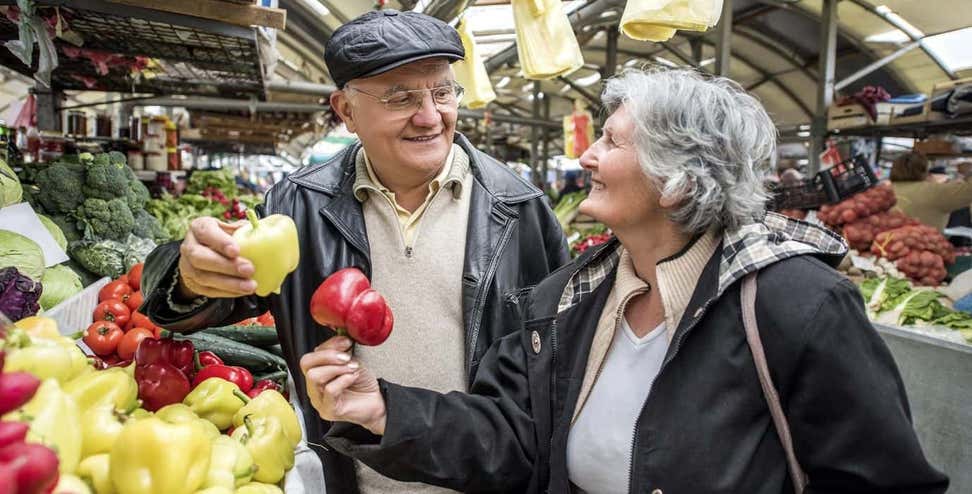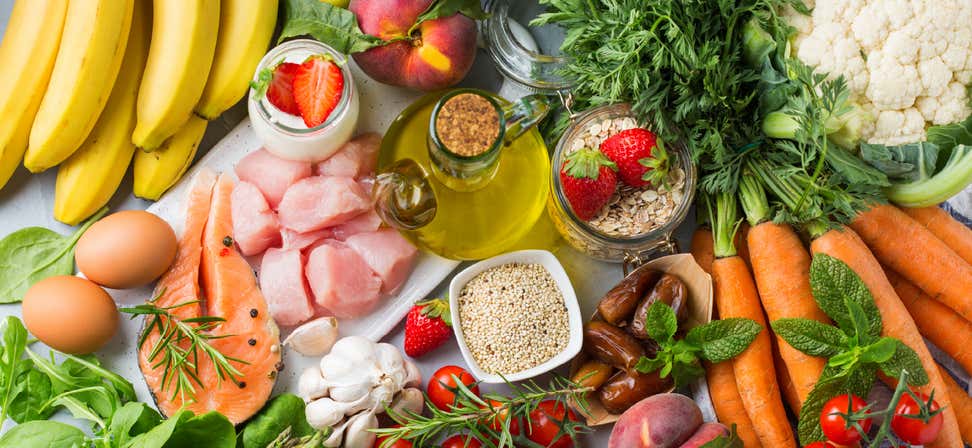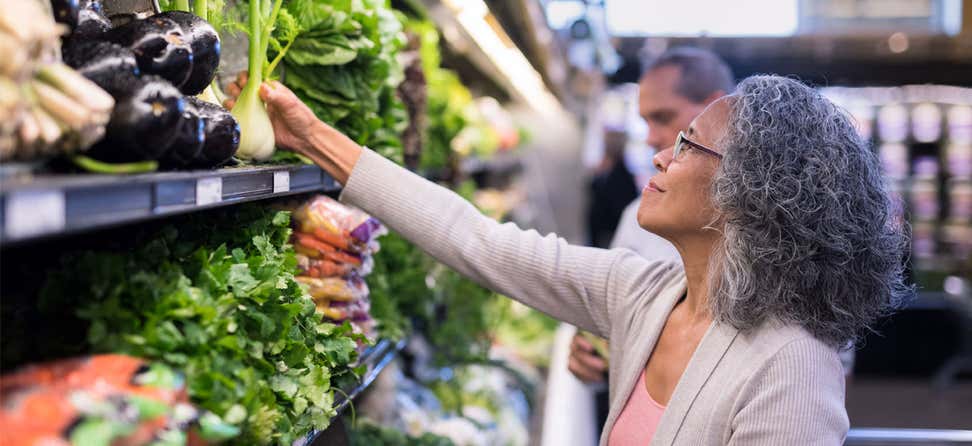Key Takeaways
More than half of older adults who are eligible for the Supplemental Nutrition Assistance Program (SNAP) are not enrolled in the benefit.
Research shows that households that receive SNAP are, on average, less likely to experience food insecurity.
This handbook demonstrates best practices from the Senior SNAP Enrollment Initiative to increase SNAP participation among older adults.
Background
The Supplemental Nutrition Assistance Program (SNAP, formerly the Food Stamp program) is an important benefit for lower income older adults and people with disabilities, who often live on fixed budgets that can force them to make difficult trade-offs that affect their health. Despite the importance of the program for seniors’ health and economic well-being, people over 60 have the lowest SNAP take-up rate of all demographic groups. As of 2017, the USDA Food and Nutrition Service estimated that only 48% of eligible people over 60 are enrolled in the program.
Purpose
The purpose of the Seniors & SNAP Best Practices Handbook is to demonstrate best practices from NCOA's Senior SNAP Enrollment Initiative. These practices can be replicated by community-based organizations nationwide to assist seniors with SNAP enrollment and improve food security.









